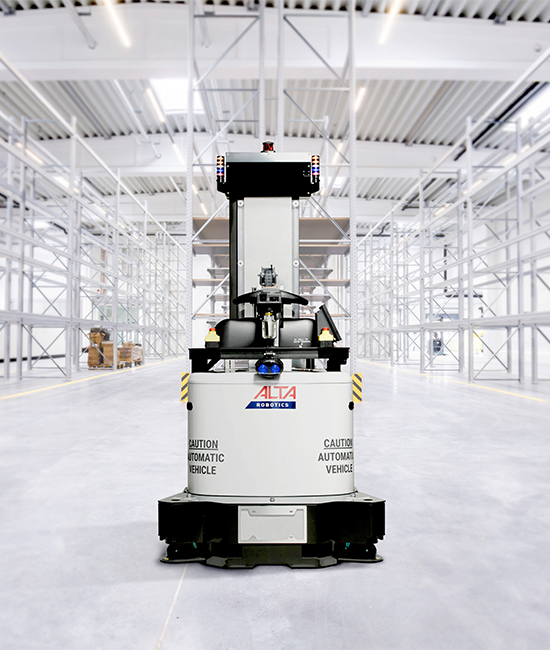Autonomous mobile robots (AMRs) are material handlers that use sensors to detect their environment, which they can safely navigate without supervision. They are connected to a facility’s network and preprogrammed with the best path through their working environment. While in operation they have a series of features—including visual and audible signals, as well as emergency bump stops—to keep operators, infrastructure, other equipment, and goods safe.
AMRs can be quickly integrated into a warehouse environment without changing the facility’s infrastructure. For this reason, they are often used to fill labor gaps and meet seasonal or peak demand. Different models can be used to help picking operations, inventory control, sortation, and consolidation.


